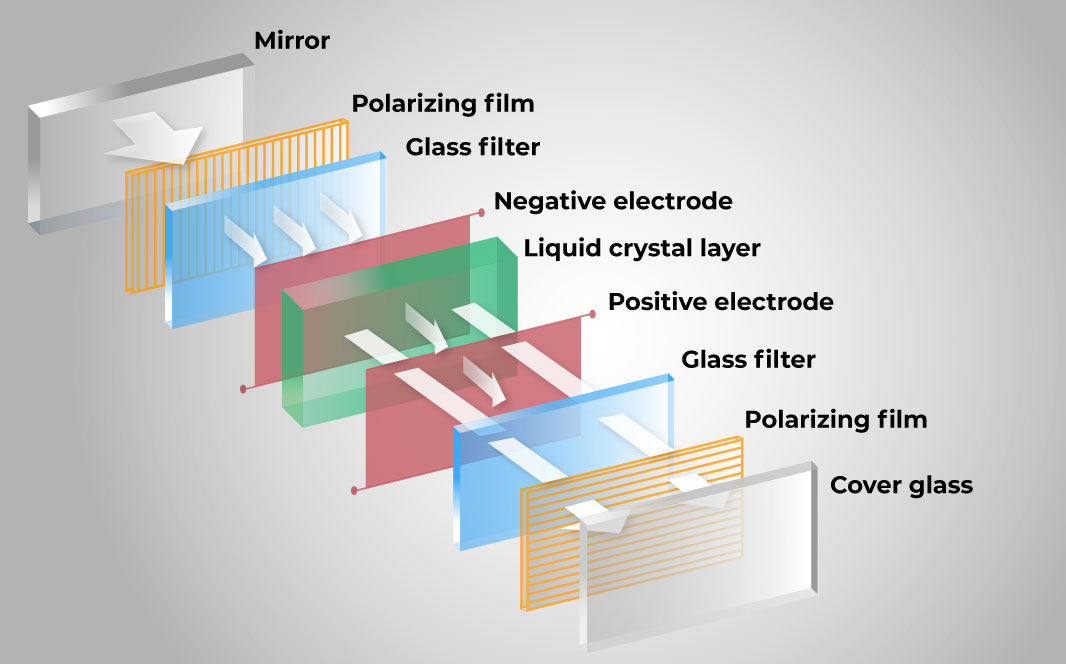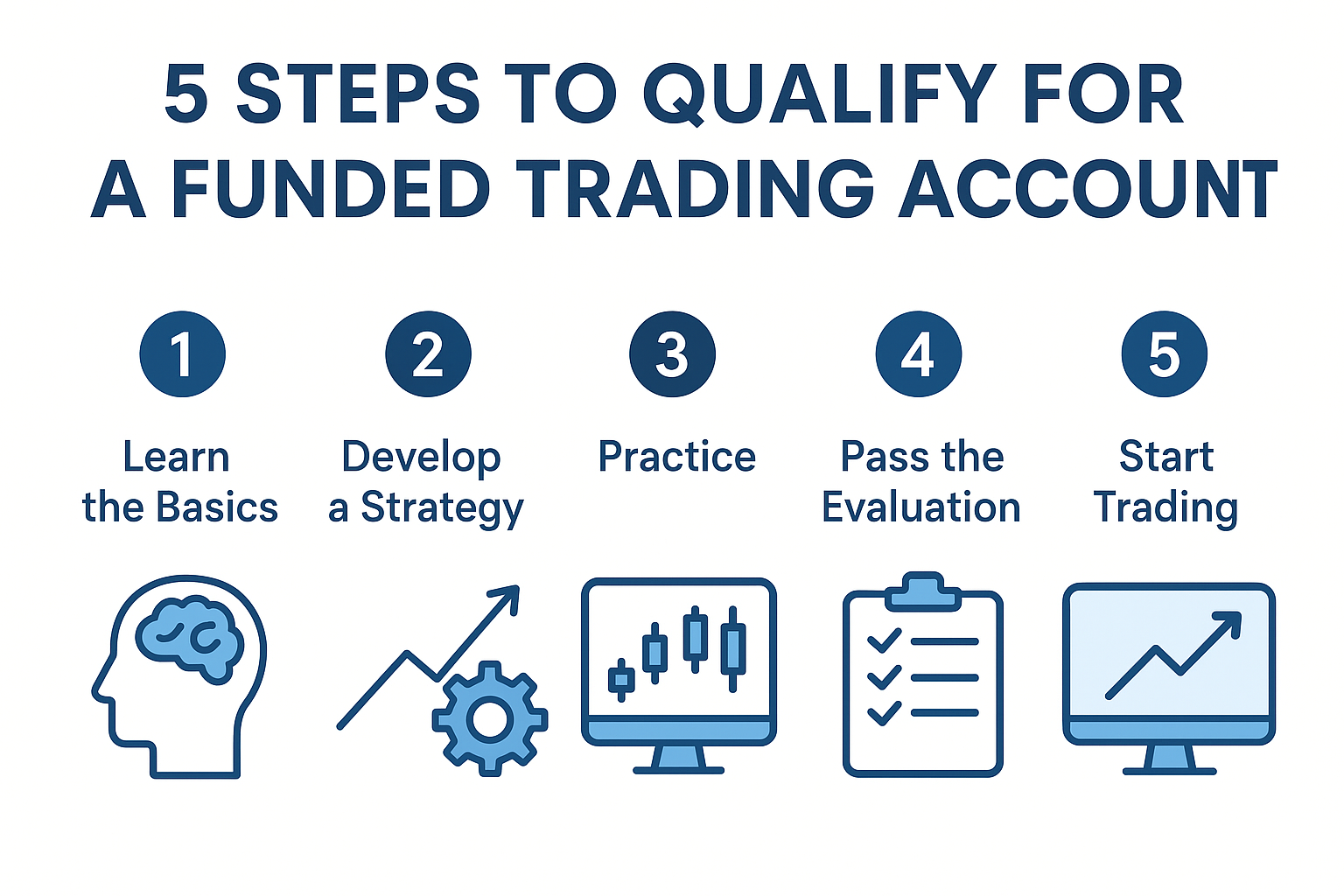What is a TFT display?
Nowadays, different technologies are used to achieve even better results related to image display on the screen. One of them is a TFT LCD. Due to its multitude of applications, this technology is widely used on many other devices. Despite its widespread use, not everyone knows what TFT LCD means and what it is worth knowing.
- What is a TFT display?
- What types of TFT displays are available?
- Where is the TFT LCD used?
But what is a TFT LCD, and for what is it usually used? Let’s find out more about Lets.
What is a TFT display?
LCD TFT stands for “Liquid Crystal Display T” in Film Transistor” and refers to a type of “transistor used in liquid crystal colour displays. There are many exciting advantages to using them. First, the display made in TFT technology provides high-quality colours. Moreover, they can have resistive and capacitive touch panels, guaranteeing versatility and many possibilities. Moreover, TFT is also characterized by lower power consumption and fast response time. It is also worth remembering that this technology ensures minimal risk of monitor ghosting and allows for great versatility.
What types of TFT displays are available?
TFT displays can be made using various technologies that maximise their capabilities.
Among them, it is worth mentioning:
- MVA, which stands for Multi-Domain Vertical Alignment Type,
- IPS, which stands for In-plane switching Type,
- TN type stands for Twisted Nematic Type,
- AFFS stands for Advanced Fringe Field Switching Type.
Types of TFT Displays
- Twisted Nematic (TN) TFT Displays: TN TFT displays are among the most common types in consumer electronics, such as computer monitors and smartphones. They offer fast response times and relatively low production costs, making them suitable for applications where speed is crucial, such as gaming.
- In-Plane Switching (IPS) TFT Displays: IPS displays are renowned for their superior colour accuracy, wider viewing angles, and better image quality than TN displays. They find applications in professional monitors, tablets, and high-end smartphones, where colour reproduction and viewing angles are paramount.
- Vertical Alignment (VA) TFT Displays: VA displays balance TN and IPS technologies, offering better contrast ratios than IPS panels while maintaining decent response times. They are commonly used in televisions and multimedia displays.
- OLED (Organic Light-Emitting Diode) TFT Displays: OLED displays represent the cutting edge of display technology, offering self-emitting pixels that deliver unmatched contrast ratios, vibrant colours, and ultra-fast response times. While technically not TFT displays in the traditional sense, OLED panels often incorporate TFT technology for control and drive purposes.
Applications of TFT Displays
TFT displays find applications across a wide range of industries and devices, including:
- Consumer Electronics: Smartphones, tablets, laptops, and monitors
- Automotive: Dashboard displays, infotainment systems, and rear-seat entertainment
- Medical: Patient monitoring systems, diagnostic equipment, and surgical displays
- Industrial: Human-machine interfaces (HMIs), control panels, and industrial automation displays
- Gaming: Gaming monitors, handheld consoles, and arcade machines
- Aerospace and Defense: Cockpit displays, navigation systems, and mission-critical monitors
Advantages of TFT Displays
- High Image Quality: TFT displays offer excellent image quality, with sharp details, vibrant colours, and smooth motion rendering.
- Broad Compatibility: They can interface with various input sources, including HDMI, DisplayPort, VGA, and DVI.
- Versatility: TFT displays come in various sizes, resolutions, and form factors, making them suitable for diverse applications.
- Energy Efficiency: Compared to older display technologies like CRTs (Cathode Ray Tubes), TFT displays consume less power, making them ideal for portable devices and energy-conscious applications.
- Longevity: With proper care, TFT displays can have a long lifespan, ensuring reliable performance over many years.
Emerging Trends in TFT Display Technology
- High Refresh Rate Displays: With the growing popularity of gaming and multimedia content, there’s a rising demand for displays with high refresh rates (e.g., 120Hz, 144Hz, or even 240Hz), offering smoother motion and reduced motion blur.
- HDR (High Dynamic Range): HDR technology enhances the contrast and colour accuracy of displays, providing a more immersive viewing experience with deeper blacks, brighter highlights, and a wider colour gamut.
- Flexible and Foldable Displays: TFT technology is being adapted to create flexible and foldable displays, enabling innovative form factors in smartphones, tablets, and wearable devices.
- Mini-LED Backlighting: Mini-LED backlighting technology improves local dimming and enhances contrast ratios in LCDs, rivalling the performance of OLED panels while maintaining the cost advantages of LCDs.
- Quantum Dot Enhancement: Quantum dot technology enhances colour reproduction and brightness in LCDs, offering an alternative to OLED panels in high-end TVs and monitors.
The various types differ slightly in their properties, so it is worthwhile to familiarize yourself with the possibilities available on the market thoroughly. Of course, in the field of TFT, some other divisions and distinctions are worth knowing to understand this issue thoroughly.
Where is the TFT LCD used?
Nowadays, the TFT display industry can have many different applications. Therefore, this technology can be found in many devices and also in everyday use. This type of software can be found in various types of monitors or smartphones with touch screens. They are also used, for example, in gaming sets and video game systems or display controllers. TFT can also be found on televisions, projectors, and navigation systems. This wide range of applications is due to the versatility of TFTs. A good TFT LCD with its unique features can be a good solution in many industries, and its applications are extensive.

















